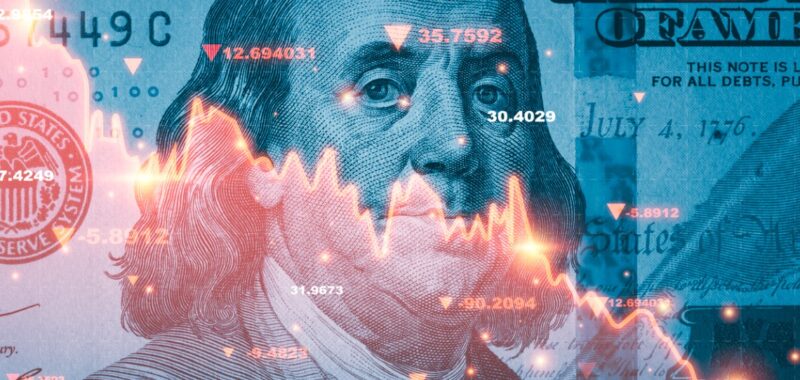The Conference Board Leading Economic Index (LEI) for the U.S., which provides an early indication of significant turning points in the business cycle and where the economy is heading in the near term, fell by 0.6% in July to 100.4, following a decline of 0.2% in June. Over the six-month period ending in July, the LEI fell by 2.1%, a smaller rate of decline than its -3.1% over the six-month period between July 2023 and January 2024.
“The LEI continues to fall on a month-over-month basis, but the six-month annual growth rate no longer signals recession ahead,” said Justyna Zabinska-La Monica, senior manager, business cycle indicators, at The Conference Board. “In July, weakness was widespread among non-financial components. A sharp deterioration in new orders, persistently weak consumer expectations of business conditions, and softer building permits and hours worked in manufacturing drove the decline, together with the still-negative yield spread.
“These data continue to suggest headwinds in economic growth going forward. The Conference Board expects U.S. real GDP growth to slow over the next few quarters as consumers and businesses continue cutting spending and investments. U.S. real GDP is expected to expand at a pace of 0.6% annualized in Q3 and 1% annualized in Q4.”
The Conference Board Coincident Economic Index (CEI) for the U.S. was flat in July at 112.5, after increasing by 0.2% in June. The CEI grew by 0.9% in the six-month period between January and July 2024, faster than its 0.5% growth rate over the previous six-month period. The CEI’s component indicators—payroll employment, personal income less transfer payments, manufacturing and trade sales, and industrial production—are included among the data used to determine recessions in the U.S. All components improved in July, except for industrial production, which experienced its largest negative contribution to the CEI since January 2024.
The 10 components of the Leading Economic Index for the U.S. are:
- Average weekly hours in manufacturing
- Average weekly initial claims for unemployment insurance
- Manufacturers’ new orders for consumer goods and materials
- ISM Index of New Orders
- Manufacturers’ new orders for nondefense capital goods excluding aircraft orders
- Building permits for new private housing units
- S&P 500 Index of Stock Prices
- Leading Credit Index
- Interest rate spread (10-year Treasury bonds less federal funds rate)
- Average consumer expectations for business conditions

